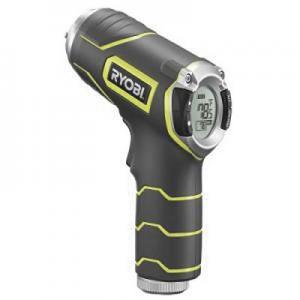2009 - Volume #33, Issue #5, Page #05
[ Sample Stories From This Issue | List of All Stories In This Issue | Print this story
| Read this issue]
"Hot" Combine Ideas
 |
The first is to keep an infrared sensor gun handy, along with a schematic of the machine and its bearings. He says he knows custom harvesters and top farmers who never take a break from the machine without scanning bearings and checking them against normal operating temperatures. If the temperature is above normal by 20 degrees, they'll keep an eye on it. If it keeps warming, they'll replace it before it can fail. Failed bearings are common causes of fire.
The second point is to keep crop trash from accumulating in, under or on top of the machine. Keep an air compressor handy with a wand so you can blow trash out of tight spots.
Third is to understand when to use a fire extinguisher and when not to. If a fire is underneath a volume of trash and residue, blowing into it with an extinguisher may create an explosive situation rather than put out the fire. You need to get into a position where you can clearly see the fire before using an extinguisher on it.

Click here to download page story appeared in.

Click here to read entire issue
To read the rest of this story, download this issue below or click here to register with your account number.




